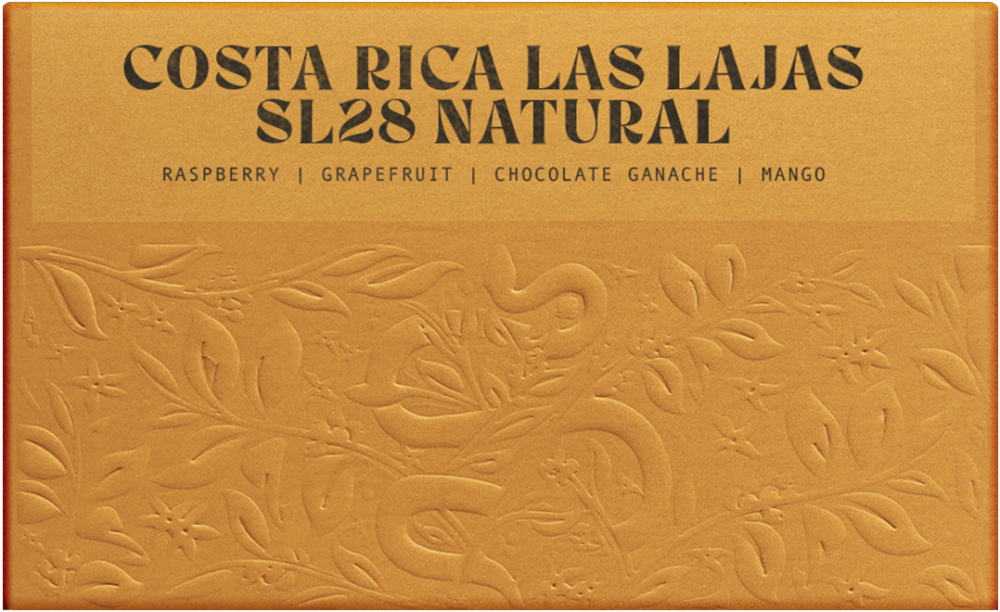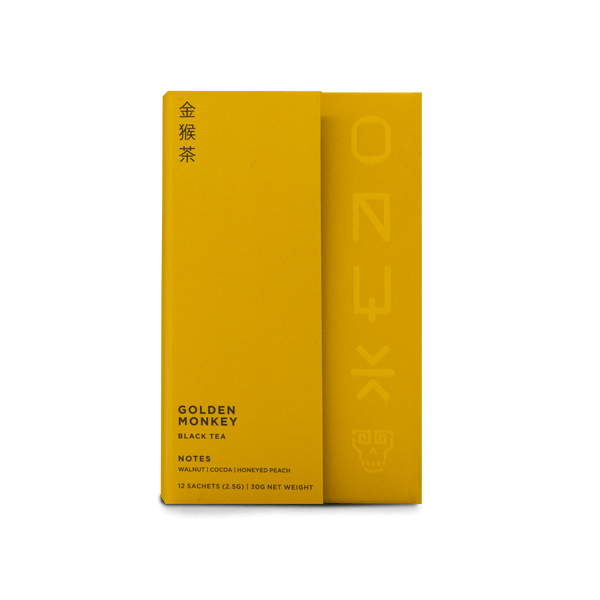Story
The defining and evident thing about the work of Francisca and Oscar Chacon is earnest pride in their work. This has been the driving force behind the amazing coffees and reputation of the Las Lajas micromill for the last decade. Their micro-lots are sought after by roasters and competitors alike for their high quality, and on visiting their mill it’s all clear why this reputation and pride exists. Francisca and Oscar Chacon greet you in the driveway with huge smiles and a willingness to show you their stunning operation. It all starts with their farming practices; Las Lajas is a certified organic farm. These third-generation producers focus on preserving the environment while maintaining the highest quality coffee. Their micromill is immaculately clean, keeping the processing standards they are well known for; the Chacons were some of the first to do high-quality naturals and honeys in Central America. Going into the 2020 harvest, they completed a renovation of their mill, complete with a corkscrew conveyor belt that transports depulped coffee to a custom trailer, which transports it to their drying facility. Strict size and density separation happen at the mills, even the naturals are passed through the mill to separate the less ripe and small size cherries after selective harvesting. During the challenging times of COVID-19, the Chacons made an investment in a post-harvest cherry sorter, which has aided them in the optical sorting process of sorting under ripe cherries out of their pickings before fermentation. This level of innovation is essential to who they are, as they see each challenge with a fresh perspective. During the 2008 harvest, they experienced an earthquake that cut power to their operation, rendering them unable to process cherry. Facing that challenge head on, they decided to process that harvest in full cherry fermentation, and they’ve been famous for naturals ever since.
The last step of quality and care takes place on the drying patios and beds. This is where we believe Las Lajas is truly advancing coffee. Oscar told us that he strives to focus on drying the green coffee the same as a roaster focuses on roasting by paying close attention to curves and data. They have become so precise in their processing that they have been able to produce several offerings under various monikers; this particular coffee is their Perla Negra, a natural-process coffee by which whole cherries are turned hourly on raised beds.
SL28
Sometimes, small decisions are made that will affect an entire industry with one crucial turn of fate. One such occurrence was when A.D. Trench toured Tanzania in 1931, where he noted one particular variety that was both resistant to pests and drought. Seedstock from this tree was studied, and its hardiness was verified as it proliferated across coffee-growing regions in East Africa. This variety was secure within its distribution until it was superseded by its own progeny, a variety that we now know as SL28. Scott Labs variety #28 was (and is) the prize selection of the hard work of entomologists, mycologists, and plant breeders. Concentrated growth of SL28 began around 1935 and continues to this day within vast swaths of Kenya and the bordering countries. This variety is known for its thick trunk (aiding in drought tolerance) and its sparkling cup quality when processed and grown well. This variety's fame (and its seeds) have spread not only to the surrounding countries, but to both central and south America and beyond. Now commercially cultivated in countries such as Costa Rica and Bolivia and far-flung origins like Taiwan, one begins to question whether we cultivate varieties or varieties utilize us to proliferate into a successful form of a species.
NATURALLY PROCESSED COFFEE
Natural coffees are beautiful… Okay, natural coffees are beautiful when done properly, but can be equally terrible when things go wrong. Natural processing, or dry processing, refers to the act of drying and fermenting coffee inside the cherry. Long before the age of portafilter tattoos and dual-boiler home espresso machines, coffee was picked and dried this way out of convenience. It is, to this day, still the most convenient and economically friendly way to process coffee cherries. (It’s estimated that dry-processing can use up to 90% less water than the washing process.) So why isn’t all coffee processed this way? Well, as coffee made its way across the world, it was commoditized and standardized, just like all other products spread by colonialism, but that’s a whole other story... Adding to the boom of washed processing, the natural process method can be tricky to get right, due to the delicate nature of fermentation and drying. What does all this have to do with the final cup? Well, when you leave the skin and fruit of the coffee cherry on the seed throughout fermentation and drying, that fruit begins to break down, imparting esters that influence delicate florals and big fruit notes into the seed that survive the roasting process. If it’s rushed or handled incorrectly, this fruit rot can lend off-flavors to the coffee, making the final cup “dirty” or “fermenty.”
How is this done? It starts at harvest, with the selective harvesting of ripe coffee cherries. Only the fully mature cherries are picked, as they have the highest sugar content and flavor potential. The harvested cherries are then sorted to remove any damaged or under ripe cherries. This ensures that only the best quality cherries are used in the primary fermentation. After sorting, the cherries are spread out in thin layers on large drying beds or patios to dry naturally under the sun. (or sometimes under shade) They are periodically raked and turned to ensure even drying. This step can take several weeks depending on weather conditions. As the cherries dry, they undergo a natural fermentation process. Enzymes present in the fruit interact with the sugars and other compounds, causing chemical reactions that impact the flavor profile of the coffee. This fermentation adds complexity and fruity flavors to the final cup. During the drying/ fermentation process, the cherries must be protected from rain, humidity, pests, and mold.
Farmers often cover the cherries with tarps during the night or when there's a risk of adverse weather. The coffee cherries are dried until they reach an optimal moisture content of around 11-12%. At this point, the cherries have shrunk, and the outer skin and fruit can be easily removed to reveal the green coffee seed inside, which is ready for roasting after a short boat ride. Basically, that single cherry begins to slowly decay, and controlling that delicate action through advanced technique and metrics allow us, lucky folks, to drink wonderfully floral and fruity coffees.






